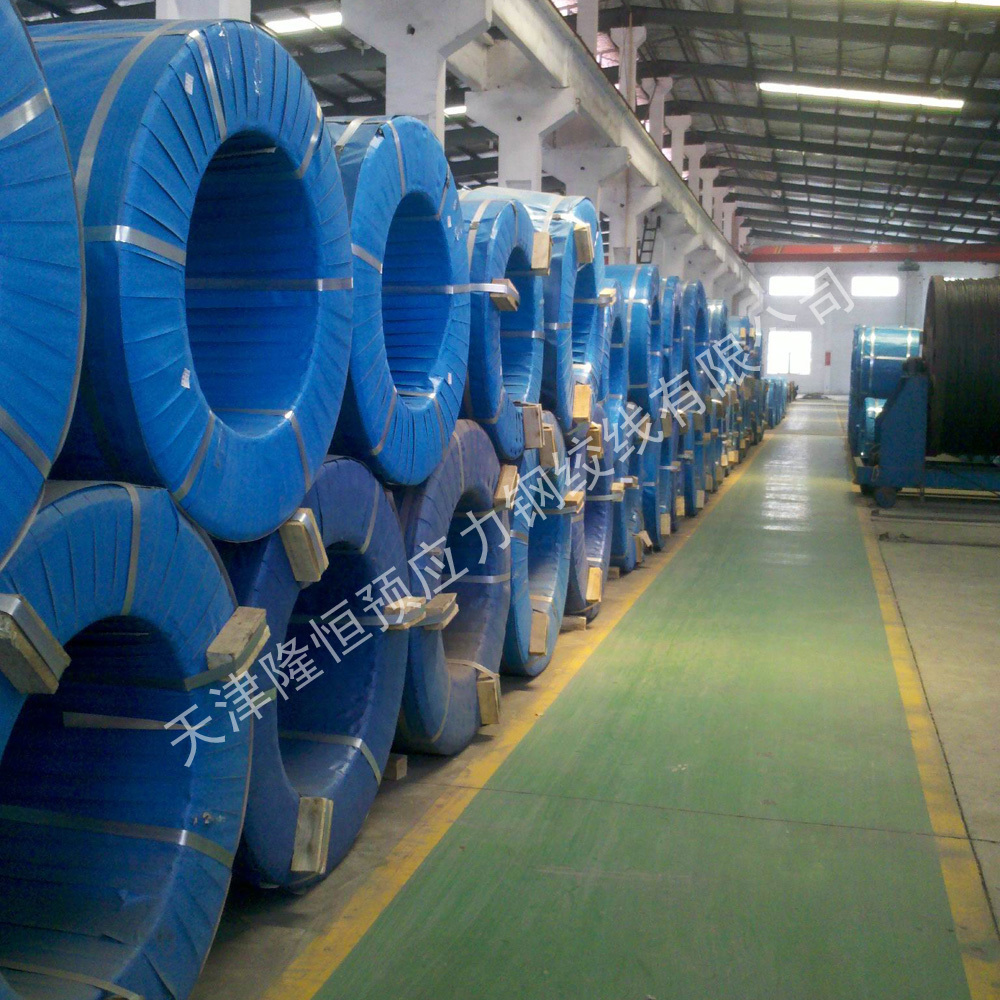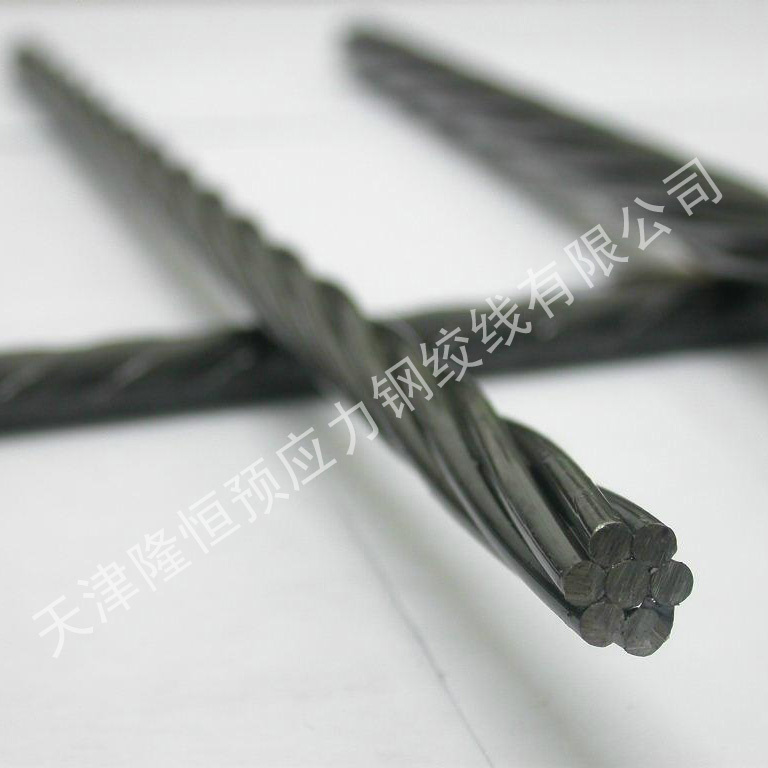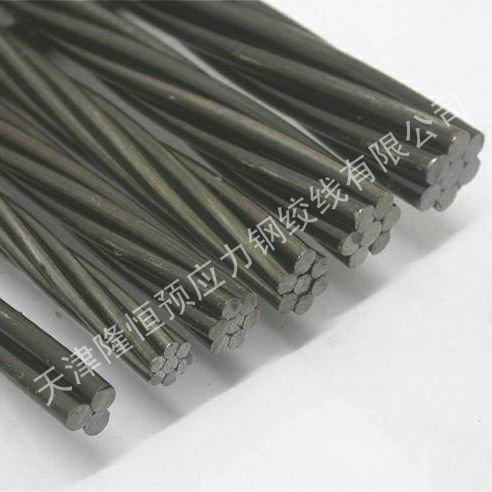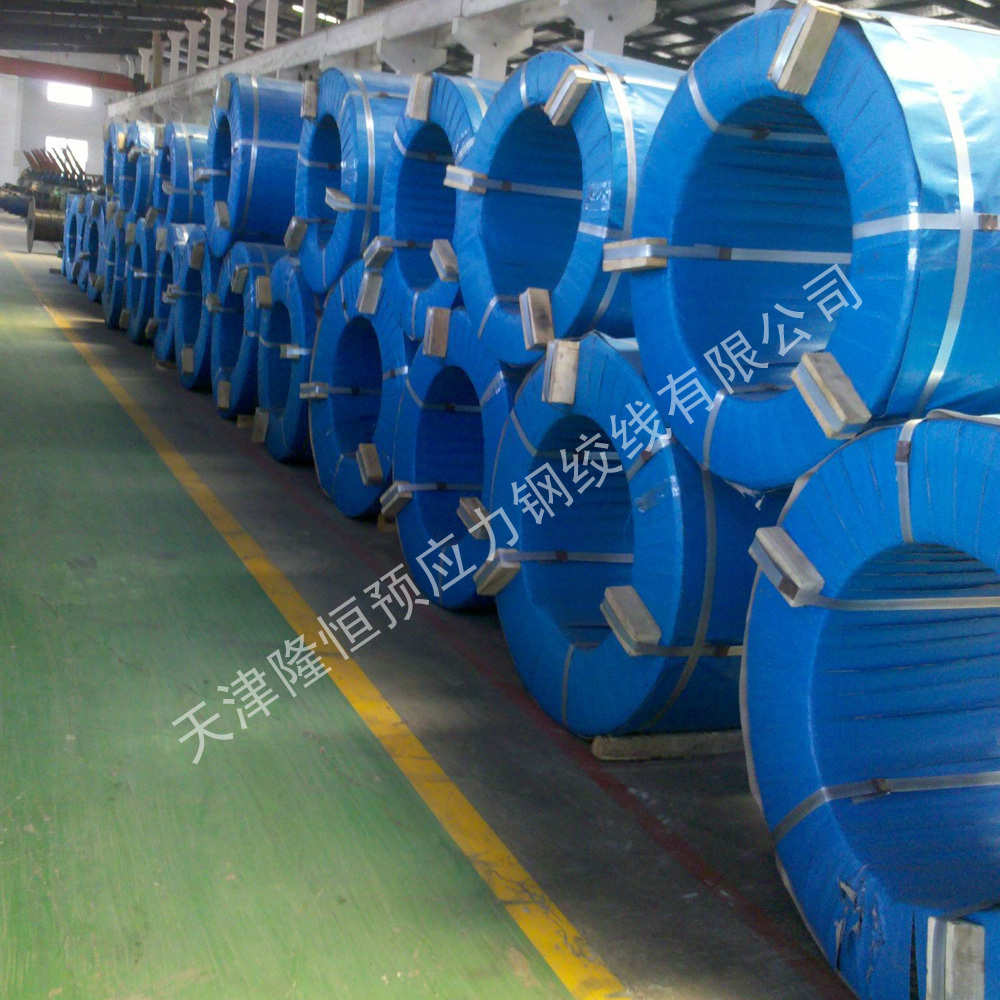Unbonded prestressing steel strand
Unbonded steel strands: The slow-bonding unbonded steel strands represent a new type of unbonded steel strand that achieves good bonding between unbonded and bonded steel strands. It combines the advantages of unbonded steel strands, such as free strand placement and ease of use without the need for grouting or holes, with the characteristics and safety of bonded steel strands in later use, representing a new prestressing technology.
Key words:
Unbonded prestressing steel strand
Classification:

Hotline:
Unbonded prestressing steel strand
Unbonded steel strands: The slow-bond unbonded steel strand represents a new type of unbonded steel strand that achieves good bonding between unbonded and bonded steel strands. It combines the advantages of unbonded steel strands, such as ease of use and the elimination of the need for grouting and duct installation, with the safety and performance characteristics of bonded steel strands in later use, representing a new prestressing technology.
The working mechanism and experiments of slow-bond unbonded steel strands. As the name suggests, unbonded steel strand technology features the characteristics of unbonded steel strands before tensioning and the performance of bonded steel strands in later use. Different companies' applications of 15.2 steel strands all exhibit the following characteristics: it integrates the advantages of both unbonded and bonded steel strands.
The working mechanism of unbonded steel strands involves wrapping the strands with a special slow-setting mortar. This mortar requires a sealing temperature of 5-40℃ and must not solidify within 30 days to meet the on-site tensioning and strengthening time requirements. After 30 days, it gradually hardens, gripping and protecting the unbonded steel strands, ultimately achieving a compressive strength of over 30 MPa. One of the mechanisms is that the admixture-type retarder adsorbs onto the surface of cement particles or hydration products, weakening the interaction between water molecules and Ca, SO+, and C3A substances. This hinders the rapid formation of ettringite crystals, providing a retarding effect. When the osmotic pressure inside the insoluble membrane increases, causing it to rupture and expose new clinker surfaces, it affects the consumption of the retarding material, which generates insoluble substances. Only after the retarding material is completely consumed can the cement hydrate normally, allowing the slow-setting mortar to develop sufficient strength.
During the research and development of the retarder, a series of simulation and verification tests were conducted based on the characteristics of real-world engineering applications to obtain technical formulas and stable performance under different economic conditions. Tests were also conducted to study the effects of temperature changes on the retarding properties.
In simple terms, unbonded steel strands are steel strands (also called bare wires) coated with grease and a plastic sheath. In engineering construction, the unbonded steel strands embedded in concrete are isolated from the concrete by the grease and sheath, allowing them to move freely and remain unbonded. Galvanized unbonded steel strands are also used in strengthening projects, providing double protection against corrosion with the galvanized coating and grease/plastic sheath.
Previous
None
Next
Related Products
Consulting





